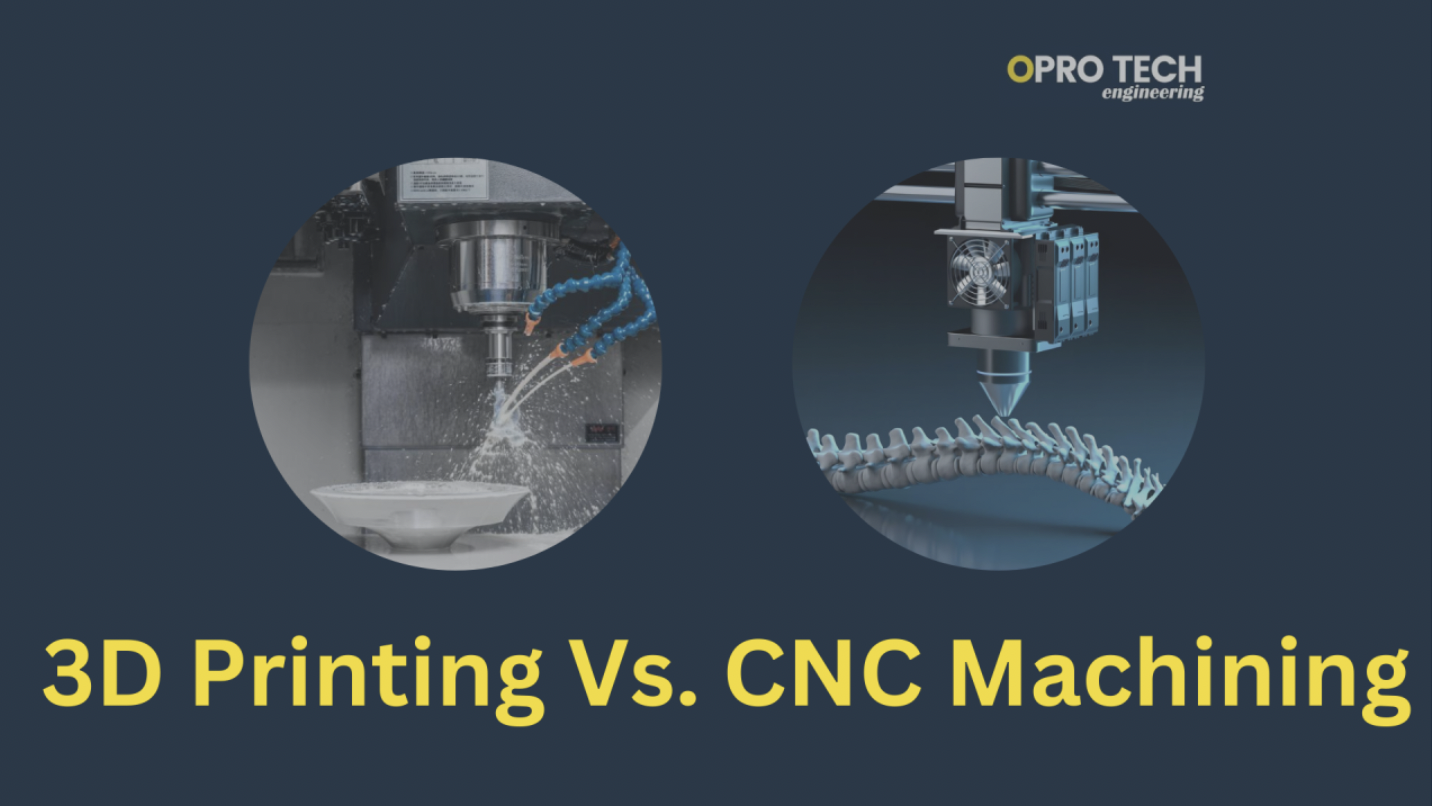Advantages of CNC Machining Prototypes and 3D Printing Prototypes

“Would the cost be lower if we use 3D printing for this item?”
We’ve got a request from a client who wants to see both the appearance and functionality of his project before processing molding for mass production.
Generally, 3D printing tends to be more cost-effective, with quicker turnaround times.
However, the preference often leans towards CNC machining.
Why is that? Let’s briefly discuss the differences between CNC machining and 3D printing for prototypes, and you might understand why.
What are the differences between CNC machining and 3D printing?
The most significant difference lies in their approaches:
- 3D printing is an additive technology, while CNC machining is a subtractive one.
- 3D printing is akin to building blocks, layer by layer;
- CNC machining, on the other hand, involves subtracting material, somewhat like carving.
Materials used in 3D printing mainly include liquid resin (SLA), nylon powder (SLS), metal powder (SLM), gypsum powder (full-color printing), sandstone powder (full-color printing), filament (DFM), sheet material (LOM), etc.
Plastic Parts - 3D Printing and CNC Machining | LinkedIn
Among them, light-sensitive resin is the most widely used, similar to ABS, but more brittle compared to the ABS sheets used in CNC machining.
Additionally, the temperature resistance of 3D printing materials is relatively poor.
In summary, the advantages of 3D printing are fast production and relatively low cost (as low as a few cents per gram).
However, its disadvantages include brittle materials, poor resilience, low-temperature resistance, material shrinkage, and lower precision.
The advantages of CNC machining lie in the use of sturdy materials with excellent impact resistance, albeit at a higher cost.
The choice between these two processes depends mainly on the application.
- For small and intricate products requiring a quick aesthetic check and assembly verification, 3D printing may suffice.
- For larger, high-quality products, CNC machining is the preferred option.
Lastly, what if CNC machining costs skyrocket for complex structures?
In such cases, a compromise is to opt for 3D printing followed by molding. Although precision might be slightly compromised, other performance aspects are similar to CNC machining.
Molding is a plastic, rapid, small-batch production process that has gained popularity, especially in the production of medical casings and automation etc...
Metal 3D print or CNC machining | LinkedIn
Thanks for your time and feel free to contact: xiu@opro-tech.com if you like any professional technical support, thanks.
